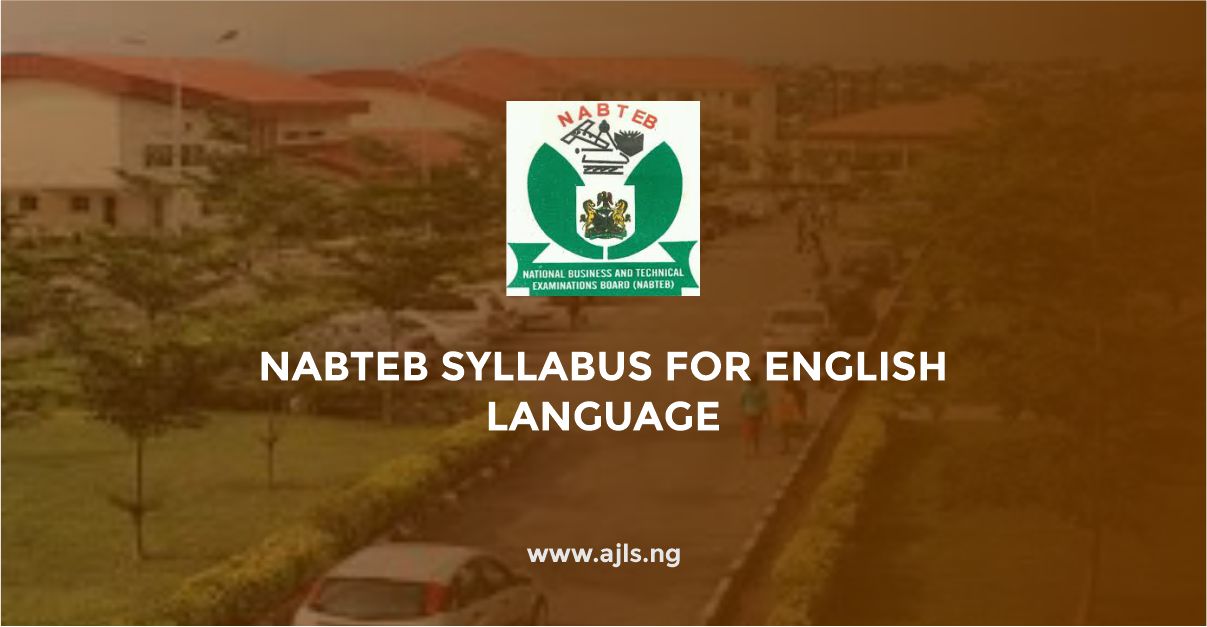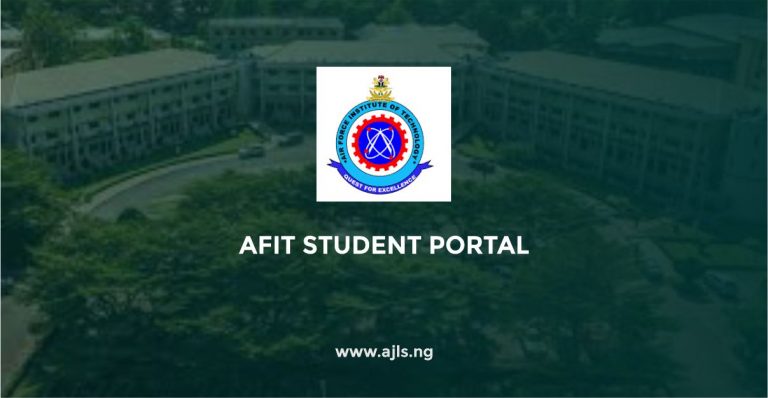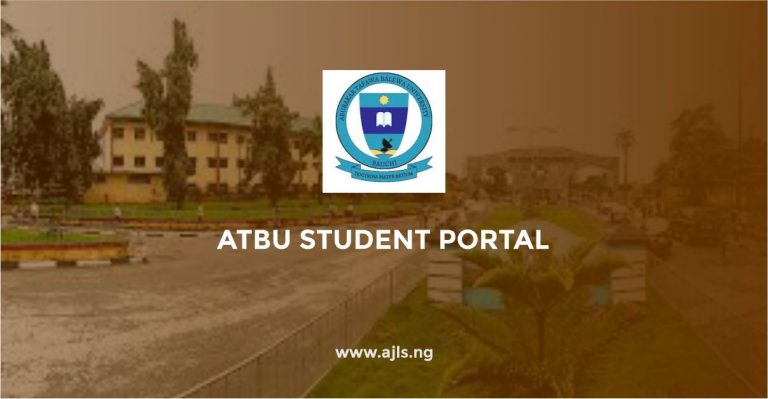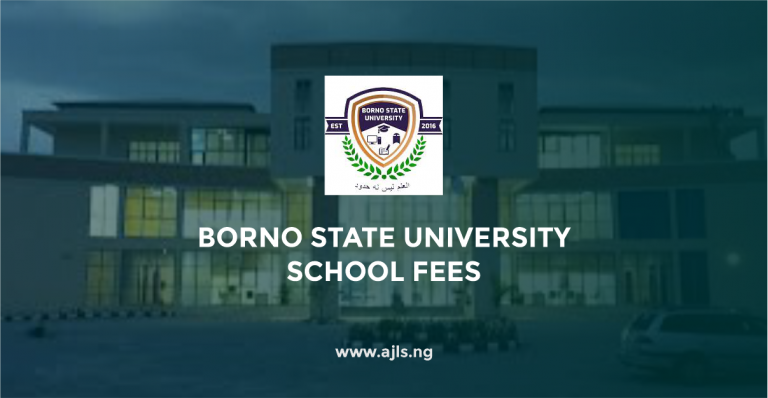NABTEB Syllabus For English Language

NABTEB has released the English Language Syllabus to guide candidates preparing to write the examination. The English Language is a compulsory subject for all candidates, and the NABTEB English Language syllabus is meticulously structured to equip candidates with essential communication skills, both written and oral, aligning with the demands of technical and vocational education.
NABTEB Syllabus For English Language encompasses various topics, including grammar, vocabulary, comprehension, summary writing, essay and report writing, correspondence, and oral English. The examination is divided into three papers: Paper I (Objective Test), Paper II, and Paper III. This comprehensive approach ensures that candidates are well-prepared to communicate effectively in various contexts, a critical competency in both academic and professional settings.
A Comprehensive Outline of NABTEB Syllabus for English Language
The NABTEB English Language syllabus is designed to develop candidates’ proficiency in English, equipping them with essential communication skills required for both academic and vocational contexts. As a core subject within the National Business and Technical Examinations Board (NABTEB) curriculum, it emphasizes practical usage of the language across speaking, writing, reading, and listening.
The syllabus not only prepares students for examination success but also ensures they are capable of effective communication in the workplace and other real-life situations. Through a combination of objective testing, essay writing, comprehension, and oral exercises, the syllabus fosters comprehensive language development.
The NABTEB syllabus for English is provided in a table format below:
| Component | Content Description | Purpose |
|---|
| Grammar & Vocabulary | Study of sentence structure, tenses, punctuation, and word meanings. | Builds foundational language skills needed for both academic and professional communication. |
| Comprehension | Reading passages followed by questions to test understanding and interpretation. | Enhances critical reading and analytical thinking. |
| Summary Writing | Writing concise summaries of given passages. | Trains students to identify key ideas and express them succinctly. |
| Essay & Report Writing | Practice in descriptive, narrative, argumentative, and business report writing. | Develops composition and organizational skills for diverse writing formats. |
| Correspondence | Writing letters (formal and informal), memos, and business documents. | Prepares candidates for real-world professional communication. |
| Oral English | Listening comprehension, reading aloud, and pronunciation exercises. | Improves spoken English fluency and clarity. |
| Paper I (Objective) | Multiple-choice questions on grammar, vocabulary, and basic comprehension. | Tests broad language knowledge quickly and efficiently. |
| Paper II (Theory) | Essay writing, comprehension, and summary questions. | Assesses deeper language application and understanding. |
| Paper III (Oral) | Tests pronunciation, intonation, and listening comprehension. | Evaluates speaking and listening proficiency. |
NABTEB English Language Examination Structure
The NABTEB English Language Examination is structured into three key components, each designed to evaluate specific language skills. Here’s a breakdown of the structure:
Paper I – Objective Test
- Format: Multiple-choice questions.
- Focus: Tests knowledge of grammar, vocabulary, sentence structure, idiomatic expressions, and basic comprehension.
- Purpose: To assess candidates’ foundational understanding of the English language broadly and efficiently.
Paper II – Essay and Comprehension
Format: Structured written responses.
Sections:
- Essay Writing: Candidates choose from a variety of topics, such as narrative, descriptive, argumentative, or formal letter writing.
- Comprehension: Analysis and interpretation of a given passage.
- Summary: Condensing a passage while preserving its main ideas and meaning.
Purpose: Evaluates the candidate’s ability to construct coherent texts, interpret written information, and express ideas clearly.
Paper III – Oral English
- Format: Listening and speaking tasks, including reading passages aloud and responding to spoken prompts.
- Focus: Tests pronunciation, intonation, stress patterns, and listening comprehension.
- Purpose: To measure the candidate’s spoken English fluency and aural understanding.
Recommended English Language Textbooks for NABTEB
- The New Testament of the Use of English by Joseph Omofomah (Son of Man). It’s a comprehensive coverage of grammar, vocabulary, and usage tailored specifically to the needs of NABTEB candidates.
- Dandy English. Focuses on core grammar principles and comprehension skills.
- Bamgbose English. It emphasizes functional English for communication, providing detailed lessons in writing formats such as essays, formal letters, and reports.
Conclusion
The NABTEB English Language syllabus serves as a vital tool in preparing candidates for both academic and professional communication. Its comprehensive structure, covering grammar, comprehension, writing, and oral skills, ensures that students are not only prepared for examination success but are also equipped with essential language abilities needed in the workplace and everyday interactions.
By focusing on both theoretical knowledge and practical application, the syllabus fosters holistic language development, making it a cornerstone for technical and vocational education in Nigeria.





